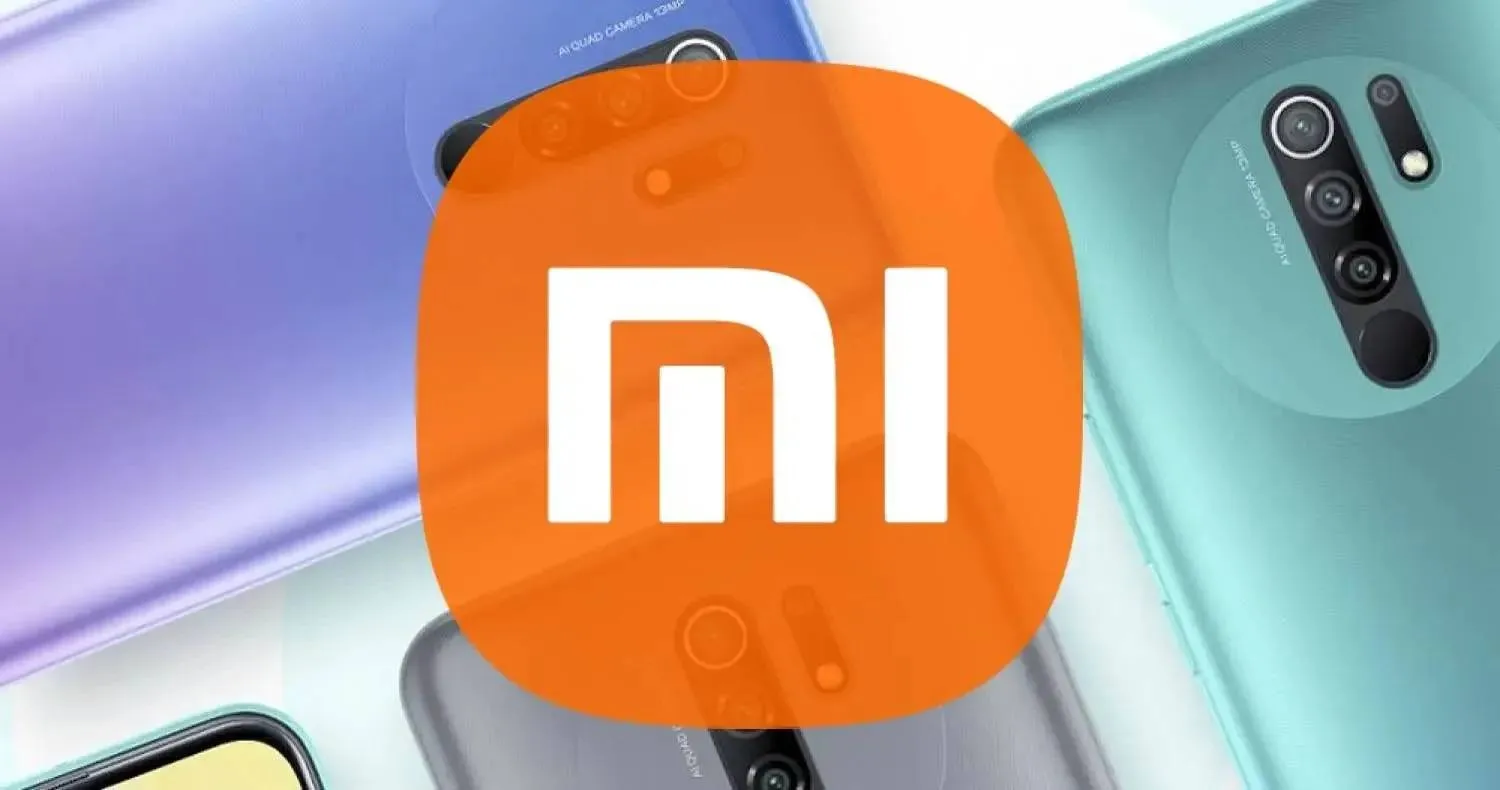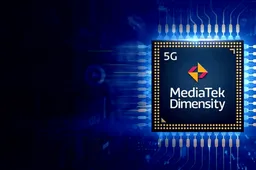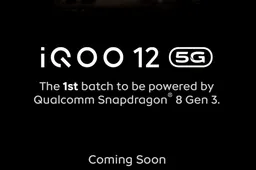Qualcomm Snapdragon 8 Gen 3 Is Here to Redefine Mobile Performance
PhonesWednesday, 25 October 2023 at 00:51
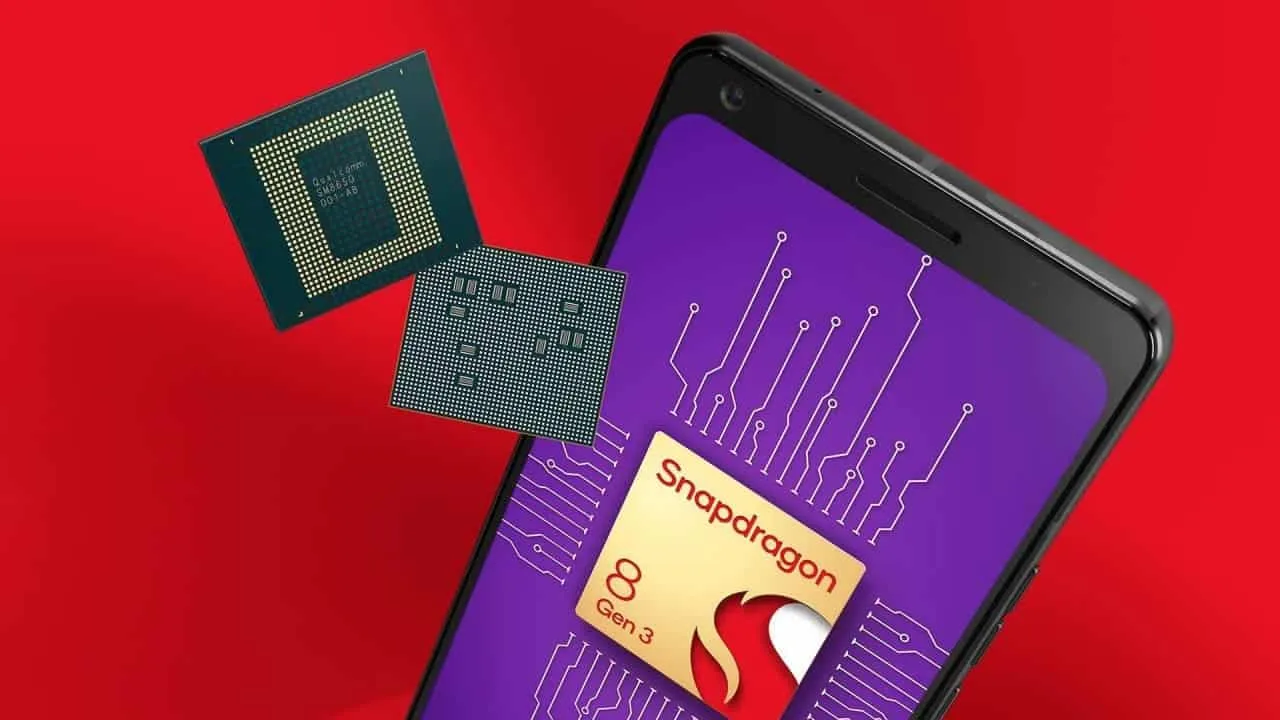
Qualcomm has officially unrolled the curtains on the Snapdragon 8 Gen 3. With a big focus on on-device generative AI, it will be powering the future flagship Android phones. It has direct support for a chatbot trained on an LLM.
Besides, the Qualcomm Snapdragon 8 Gen 3 speeds up the processing-intensive activities. The chipset brings a robust 1+5+2 core config. This config offers a proper performance upgrade over the predecessor. It also comes with an improved GPU to handle demanding games and graphics-intensive tasks better.
CPU and GPU Performance
The Qualcomm Snapdragon 8 Gen 3 is built on the 4nm process. It comes with a new CPU core configuration with the Prime Cortex X4 core clocked at 3.3 GHz. This Prime core is followed by five Performance cores clocked at 3.2 GHz and two Efficiency cores clocked at 2.3 GHz.

Qualcomm says that the new Kryo CPU configuration offers 30% faster performance and is 20% more power efficient. The Snapdragon 8 Gen 3 also comes with an upgraded GPU, which offers 25% better performance. Aside from being more powerful, the new Adreno GPU is 25% more power efficient. And in terms of gaming, it brings 1.5x better ray tracing performance.
Multi-Modal Generative AI Support for Qualcomm Snapdragon 8 Gen 3
Both the CPU and GPU, along with the Hexagon NPU, are 98% faster and offer 40% more efficiency than the last generation in terms of AI tasks. Qualcomm has tuned the AI Engine of the Qualcomm Snapdragon 8 Gen 3 for on-device generative AI use cases.
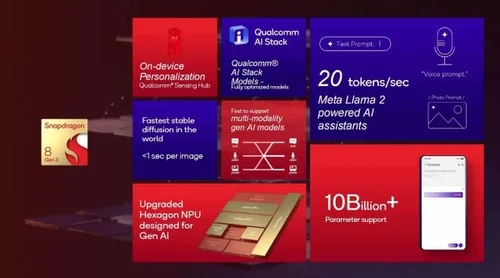
The new Snapdragon 8 Gen 3 can run LLMs (Large Language Models). More specifically, it has direct support for the Meta's LLaMA 2 7B. That means it can locally handle up to 15 tokens per second. At the official event, Qualcomm showcased assistants based on LLaMA.
Besides, the Qualcomm Snapdragon 8 Gen 3 comes with support for LVM (Language Vision Models). It also supports transformer network-based ASR (Automatic Speech Recognition). This is the first time Qualcomm’s AI Engine is offering support for multi-modal generative AI models. You can check out the highlights of the AI features in the video embedded below.
More AI Features of the Chipset
Qualcomm Snapdragon 8 Gen 3 is touted to be the fastest mobile Stable Diffusion “in the world.” It can offer one image per second. Qualcomm is partnering with Snapchat to make it available on the app. The chipset also comes with the latest Sensing Hub. It offers power always-on, low-power personalization.
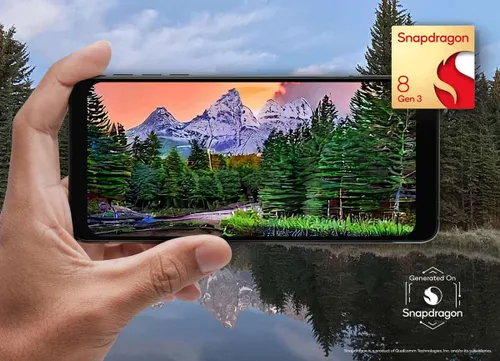
One of the aspects where the generative AI capabilities of the Snapdragon 8 Gen 3 can be leveraged at full fledge is the camera. Features such as Video Object Eraser can make removing selected objects and people from the scene easier. Also, AI-powered Night Vision video could make it possible to capture stunning videos in challenging lighting conditions.
Another on-device AI demo that Qualcomm showcased is the ability to take a picture and then expand the surroundings. It’s much like the Adobe Firefly feature found in Photoshop. You can check it out from the video embedded below.
The semantic segmentation of the Qualcomm Snapdragon 8 Gen 3 supports up to 12 layers. For those wondering, it identifies and optimizes the hair, faces, sky, and clothes. And it can work both for the rear and front cameras of the devices. Qualcomm is particularly pushing the ability to have both sides active at the same time. It could come into play in different scenarios.
For example, always-sensing cameras can offer the power to face unlock and do QR code scanning at the same time. Also, “Vlogger’s View” lets you simultaneously capture the feed and superimpose the front feed over the main recording.
Besides, the Snapdragon 8 Gen 3 has support for Dolby HDR photo capture. It allows over 1 billion shades. In comparison, with JPEG, it’s only possible to capture 16.7 million shades of colors.
And like before, it’s up to manufacturers and software developers to decide whether they want to build features based on all the new capabilities. That means not all the Snapdragon 8 Gen 3 devices will have these.
Snapdragon Seamless on Qualcomm Snapdragon 8 Gen 3
Qualcomm has also announced Snapdragon Seamless, a cross-platform technology. It enables continuity experiences between Windows, Android, and other Snapdragon devices.
To be specific, Snapdragon Seamless-enabled devices can “discover each other and share information to work as one integrated system.” For example, with Snapdragon Seamless, you can make keyboards and mice work seamlessly across tablets, Android phones, and PCs. You can also drag and drop files and windows across different types of devices.

This tech will be in the phones with the Snapdragon 8 Gen 3, Qualcomm’s wearable and hearable chipsets, and Windows PCs that are powered by Snapdragon X Elite. Partners that are collaborating with Snapdragon Seamless include Xiaomi, Google, Microsoft, Oppo, Lenovo, and Honor.
And in the future, Snapdragon Seamless will be making its way to Auto, XR, and IoT platforms.
Loading
